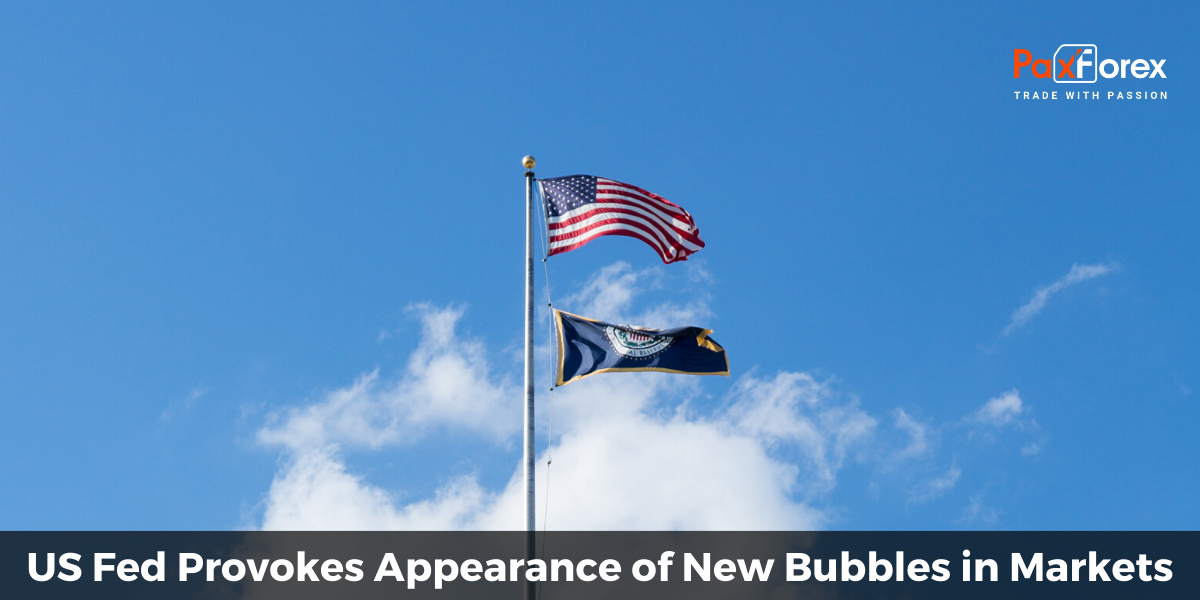
A calm remains at the major stock markets on the eve of today's meeting of the Federal Open Market Committee (FOMC).
Investors appear to have already taken into account in their quotations the reaction of the US Fed to 16-day break in the work of public institutions, which involves maintaining the current loose monetary policy.
Some economists largely expect FOMC meeting to be a non-event. Everyone expects the Fed to keep its benchmark interest rate at at near zero (0 to 0.25%) and we can't seem to find a reputable economist predicting a tapering of the Fed's $85 billion large-scale asset purchase program, which is informally referred to as quantitative easing (QE). But that doesn't mean we should ignore the meeting and announcement altogether.
Since the agreement between President Obama and Republicans is only temporary, we believe that in early 2014 the uncertainty in the public policy of the U.S. arise again. It depends on what kind of political advantage, according to the Republicans, they can get.
Public opinion polls suggest that Republicans lose when it comes to trying to cut costs and raise taxes. However, the mid-term elections to Congress in November next year can make them more active.
In this respect, as well as from the point of view of financial markets, the long period of fiscal uncertainty and further turmoil in the U.S. economy is unlikely.
In the meantime, the markets believe the US Fed will postpone curtailing of quantitative easing program - perhaps until March next year. Also, market participants believe that Janet Yellen, the successor to Ben Bernanke as chairman of the Fed, would be a supporter of "permanent soft policy", who is only interested in the fact that the unemployment rate was significantly below the "threshold" of 6.5%.
Whether these expectations are met it is not yet clear. We adhere to a more cautious stance and believe that the US Fed has missed the opportunity to roll the program of bond purchases, and this will eventually lead to a further increase in the balance, and can complicate the normalization of the monetary policy.
Reduction in purchases of bonds to $ 10 billion, compared with a balance of 3.7 trillion dollars, looks negligible. In our view, the Fed has long had to decide on a normalization of monetary policy and not be afraid of the inevitable in this case market correction.
But the U.S. central bank keeps the same course - setting the stage for increased volatility in interest rates, it provokes the appearance of future new and larger bubbles in the stock and credit markets.







